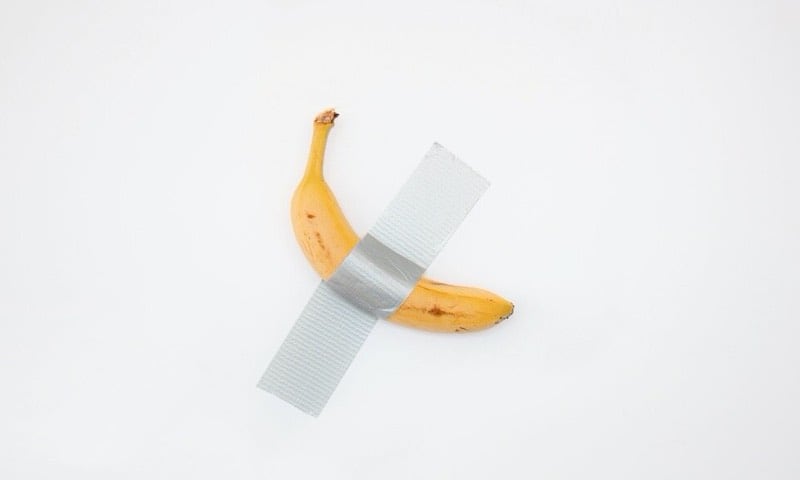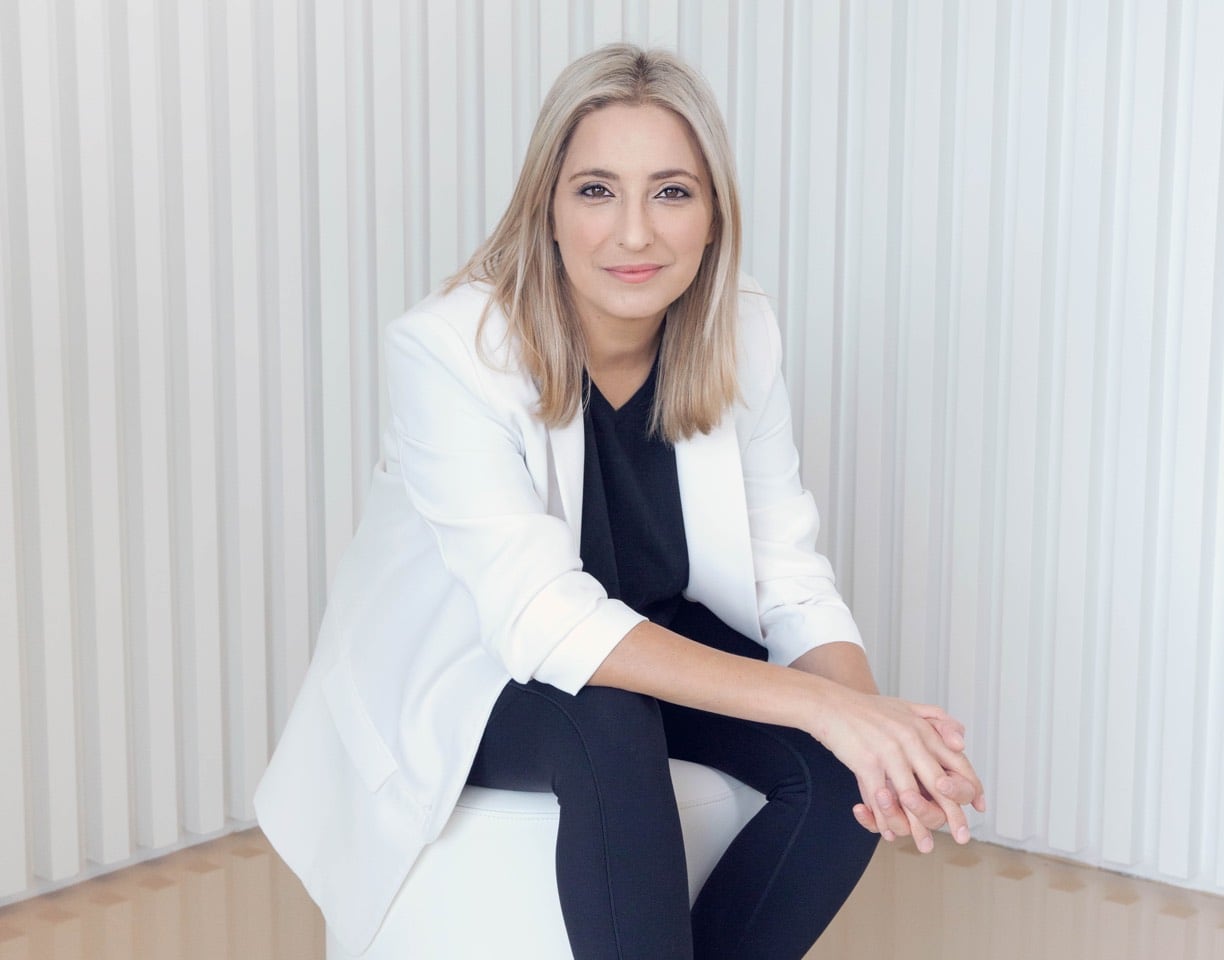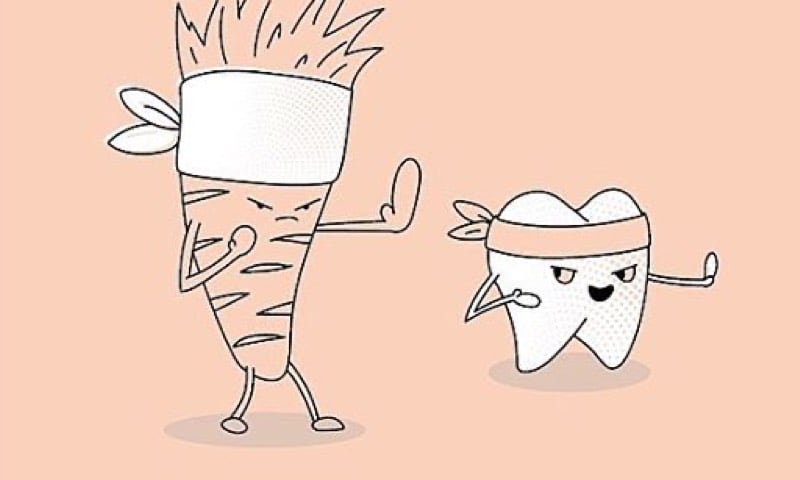
What does a banana have to do with straight teeth? Well, to make an accurate diagnosis and effectively treatment plan a case, we need to have X-rays done.
This allows us to see your teeth and bones, determine where we position your teeth, and whether or not it will be safe to do so. For some people, X-rays can be scary. Why? Likely because we’ve been told to fear radiation and conditioned to think if we are exposed to even the slightest amount of radiation that we will start shooting spiderwebs out of our palms or develop a fluorescent green aura.
Used safely, with modern equipment, by a trained professional, there is nothing to fear when it comes to dental x-rays. Radiation is all around us, and may even be sitting in your fruit bowl.
The humble banana is often used to compare radiation levels to it, in an effort to help us understand how much radiation is in things. It even has a name - the Banana Equivalent Dose (BED). Ionising radiation (that type that damages living cells), is measured using units called “Sieverts (Sv).” More commonly, we measure radiation using micro-Sieverts (µSv). 1 µSv is 0.000001 sieverts (that’s a millionth of a Sievert!). Just by living on Earth, you absorb about 2000 µSv each year. In orthodontics, we commonly take two X-rays, a long horizontal one that shows all your teeth and bone (panoramic X-ray), and a vertical one that shows us the side of your skull (lateral cephalogram). A panoramic X-ray is about 15 µSv and a lateral cephalogram is about 3 µSv. If you fly from New York to Tokyo, you’ll absorb about 150 µSv during the flight. That’s almost 10 times what you would get from your orthodontic X-rays.
So, let’s get back to bananas. If you eat one banana, you absorb about 0.1 µSv. Can you work out how many bananas you’d need to eat to absorb the same levels of radiation as your orthodontic X-rays? X-rays…not scary after all, right?


